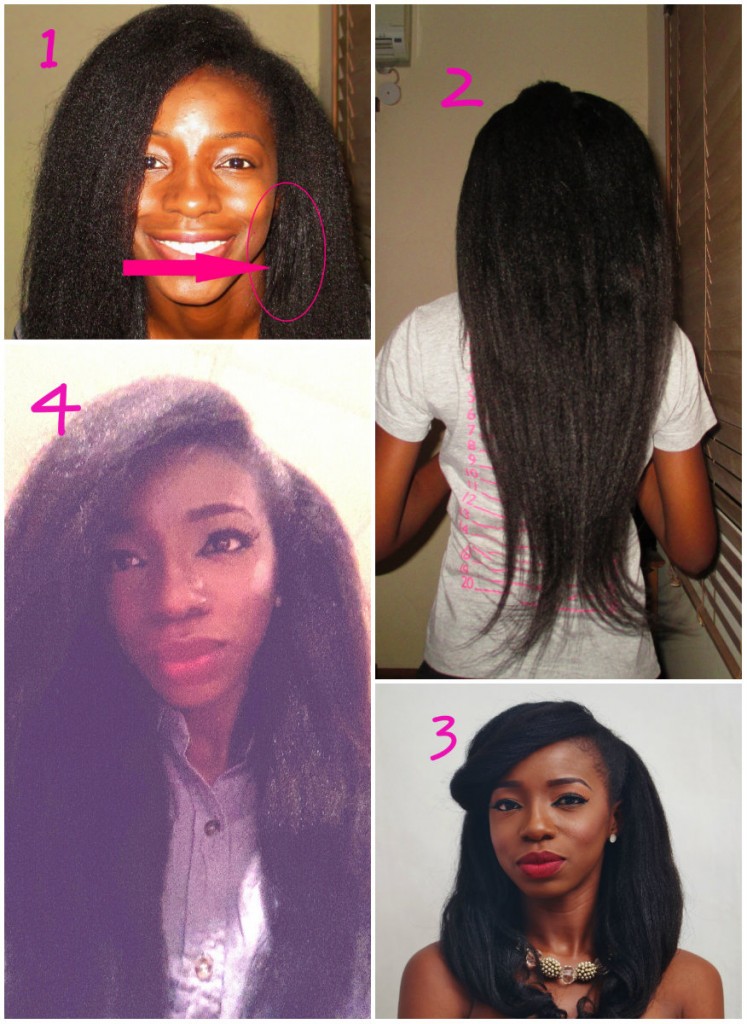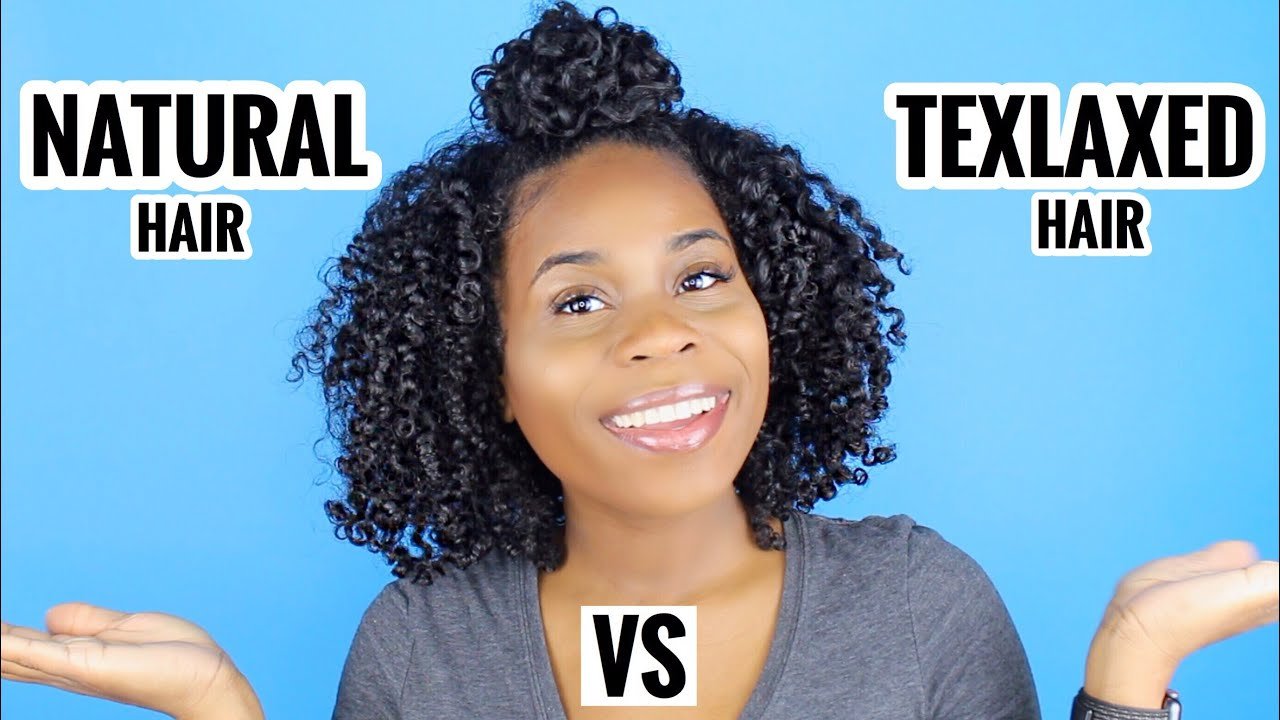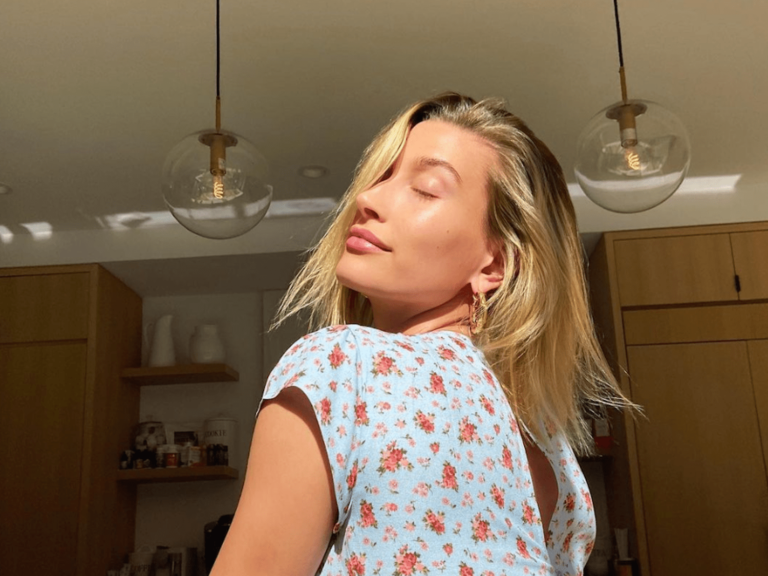Texlaxing: How to Texlax Natural Hair: Expert Tips and Techniques
Texlax natural hair by separating into sections and applying oil or conditioner lightly for texturized results. Transitioning from relaxed to texlaxed hair is a gradual process that involves altering the way you process your hair.
Unlike traditional relaxers, texlaxing allows you to maintain some natural texture and volume while still achieving a straighter look. By following specific techniques and using the right products, you can texlax your hair effectively and achieve the desired results. In this guide, we will explore the process of texlaxing natural hair and provide tips and advice for a successful transition.
Let’s dive in and discover how you can texlax your hair for a beautiful and unique look.

Credit: m.youtube.com
Transitioning To Texlaxed Hair
Transitioning to texlaxed hair involves a process where natural hair is deliberately under-processed with relaxer to retain some of its curl pattern. By applying oil or conditioner to the hair sections without saturating it, you can achieve a texlaxed look.
This method maintains natural texture while reducing the tightness of curls.
Tips For Transitioning From Relaxed To Texlaxed Hair
Transitioning from relaxed to texlaxed hair is a process that requires careful attention to your hair’s health and texture. It involves gradually adjusting your hair from chemically straightened to a gently textured state. Here’s how to successfully transition to texlaxed hair.- Start with deep conditioning treatments to strengthen and nourish the hair.
- Gradually reduce the frequency of relaxing treatments to allow new texture to grow in.
- Use protective styles, such as braids or twists, to minimize breakage during the transition period.
- Consider using texlaxing products specifically designed to achieve a more natural-looking texture.
- Be patient and gentle with your hair, as the transition may take time but will ultimately lead to healthier, more manageable hair.
Texlaxing Vs. Texturizing
Texlaxing and texturizing are both hair treatments aimed at loosening tight curls and coils for a smoother texture, but they differ in method and chemical composition. Texlaxing involves intentionally under processing the hair with relaxers to achieve a looser texture, while texturizing uses specific kits to achieve similar results.
If you’re looking to texlax your natural hair, consider seeking professional advice and using appropriate conditioning treatments for a healthy transition.
Distinguishing Between Texturizing And Texlaxing Processes
When it comes to managing and styling natural hair, it’s important to understand the difference between texlaxing and texturizing. While both processes alter the natural texture of the hair, they achieve different results and require different techniques.
Texturizing is a chemical process designed to loosen the curls and coils in afro hair, making them more manageable. This is achieved by using a specially designed kit or product that is specifically formulated for texturizing. The goal of texturizing is to create softer, looser curls and waves without completely straightening the hair.
Texlaxing, on the other hand, involves using relaxers to remove the curls and coils in the hair while still maintaining some texture and volume. The term “texlax” is a combination of “texturize” and “relax,” and it refers to a method of relaxing the hair to a lesser extent compared to traditional relaxers. The result is a slightly straighter and more manageable hair texture.
Understanding The Differences Between Texlaxing And Texturizing
One key difference between texlaxing and texturizing is the level of straightening. Texturizing aims to loosen the curls without fully straightening the hair. This means that there will still be some curl pattern and volume left in the hair after texturizing. On the other hand, texlaxing involves a more relaxed straightening process that removes a significant amount of curl and coil pattern, resulting in a straighter appearance.
Another difference is the products used. Texturizing requires a specific product or kit that is designed for the texturizing process. These products often contain ingredients that are specifically tailored to soften and loosen the hair texture. Texlaxing, on the other hand, uses relaxers that are typically used for full straightening, but they are applied for a shorter amount of time to achieve a lesser degree of straightening.
Furthermore, the application techniques differ between texlaxing and texturizing. Texturizing involves applying the product to the hair, carefully following the instructions in the kit, to achieve the desired level of looseness. Texlaxing requires the relaxer to be applied in a controlled manner, ensuring that it is left on the hair for a specific amount of time to achieve the desired level of relaxation without fully straightening the hair.
The Benefits Of Texlaxing And Texturizing
Both texlaxing and texturizing offer unique benefits for those with natural hair. Texturizing is a popular choice for individuals who want to loosen tight curls and coils without fully straightening their hair. This process can make styling easier and provide more versatility in hairstyles.
Texlaxing, on the other hand, offers the benefits of straighter hair while still maintaining some texture and volume. This can help individuals achieve a more manageable hair texture while preserving the natural look of their curls. Additionally, texlaxing can help reduce the risk of hair damage that may occur with full relaxer applications.
Texlaxing Techniques
Texlaxing is a popular method for those who want to achieve a looser texture in their natural hair without fully straightening it. It is a process that involves intentionally under-processing the hair during the relaxing process, resulting in a more textured look. If you’re considering texlaxing your natural hair, here are some techniques to help you achieve the desired results.
Sectioning The Hair For Texlaxing
Properly sectioning your hair is essential when texlaxing to ensure even application of the relaxer. Follow these steps:
- Part your hair horizontally from ear to ear, creating two equal sections.
- Further divide each section into two from front to back.
- Use hair clips to secure each section, keeping the hair out of the way during the process.
Applying Conditioner Or Oil Correctly
Before applying relaxer, it’s essential to protect your scalp and previously relaxed hair. Follow these steps to apply conditioner or oil correctly:
- Apply a thin layer of vaseline or petroleum jelly along your hairline and on previously relaxed hair. This will act as a barrier, preventing the relaxer from overlapping onto those areas.
- Divide your hair into the previously sectioned parts and apply a small amount of conditioner or oil to each section. Ensure that your hair is well-coated but not saturated. It should not be wet or damp.
By following these texlaxing techniques, you can achieve a beautiful, natural-looking result while maintaining the health of your hair. Remember to always follow the instructions on the relaxer product you choose and consult with a professional if you’re unsure about the process.

Credit: www.rehairducation.com
Experts’ Texlaxing Methods
When it comes to texlaxing, experts employ refined methods to achieve the perfect balance of texture and smoothness, catering to natural hair. Their expertise ensures that the process is safe and effective, resulting in beautifully texlaxed hair that retains its natural essence.
Step-by-step Texlaxing Process
Texlaxing natural hair involves a meticulous process to achieve the desired texture without fully straightening the hair. The step-by-step texlaxing process includes:
- Separating the hair into four sections to facilitate ease of application.
- Parting horizontally from ear to ear and from front to back for thorough coverage.
- Using clips to hold the hair out of the way when not working on a particular section.
- Applying oil or conditioner to each section, ensuring it is well-coated but not saturated.
Importance Of Professional Texlaxing Services
Seeking professional texlaxing services is crucial for ensuring the safety and effectiveness of the process. Professional expertise offers:
- Insight into suitable texlaxing methods tailored to individual hair types.
- Minimized risks of over-processing or damaging the hair due to the precise application of texlaxing products.
- Professional guidance on aftercare and maintenance to preserve the texlaxed texture for an extended period.
Care And Maintenance
For Texlaxed hair to thrive, proper care and maintenance are essential. Providing the right care ensures your hair remains healthy and strong.
Protein Treatments For Texlaxed Hair
Protein treatments are crucial for maintaining the strength and integrity of Texlaxed hair. These treatments help in repairing any damage and preventing breakage.
Best Practices For Scalp Care
Scalp care is paramount for healthy Texlaxed hair. Following best practices ensures a nourished scalp, promoting overall hair health.
Personal Experiences
Learn the art of Texlaxing for your natural hair with these simple steps. Separate, oil, and gently coat sections for perfect Texlaxed locks every time. Expert tips for a seamless transition to Texlaxed hair are at your fingertips. Master the Texlaxing technique with ease and confidence.
Texlaxing Stories From Youtubers
Many YouTubers share their texlaxing experiences, giving valuable insights and tips.
Texlaxing Stories From Youtubers
Enjoy texlaxing accounts from various YouTubers detailing their personal journeys and techniques.

Credit: www.facebook.com
Frequently Asked Questions
How Do I Transition From Relaxed To Texlaxed Hair?
Transitioning from relaxed to texlaxed hair involves gradually under-processing your hair during relaxer treatments. Simply avoid fully straightening your hair to achieve a texlaxed look.
How Often Should I Texlax My Hair?
Texlax your hair every 10-12 weeks to maintain texture and limit damage. Longer intervals help maintain hair health.
What Is The Difference Between Texturizer And Texlax?
Texturizer is a chemical process that loosens the curls in afro hair, while Texlax refers to using relaxers to remove the curls in hair. Texturizing uses a specific kit/product designed for that purpose, while Texlaxing involves under-processing the hair instead of fully straightening it.
How Long Do You Leave Relaxer In Your Natural Hair?
You should leave the relaxer in your natural hair for the recommended processing time, which is usually around 15-20 minutes.
Conclusion
Texlaxing natural hair offers a versatile alternative for those seeking a more manageable hair texture. With proper techniques and products, texlaxing can provide a beautiful balance between straight and natural hair. By following the helpful tips and guidelines, individuals can achieve a balanced and healthy texlaxed hair texture that suits their unique preferences and lifestyle.








